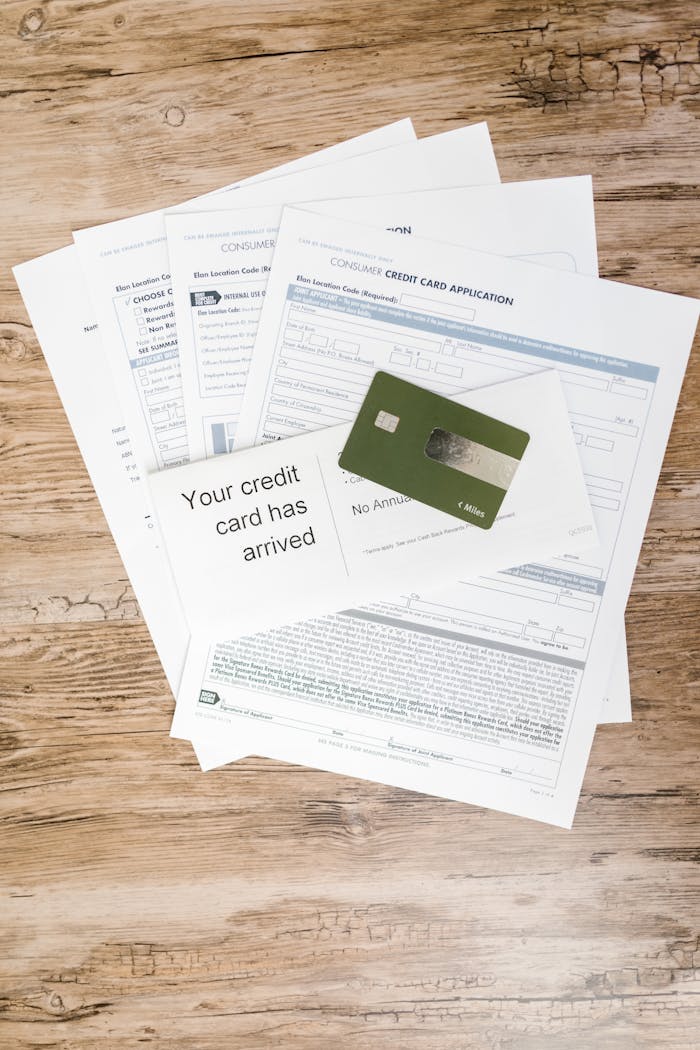Sep 12, 2023
Life insurance is a crucial financial product that provides security and peace of mind to individuals and families. As a life insurance agent, you have the opportunity to help people protect their loved ones’ financial future. However, before you can embark on a career in this field, you’ll need to obtain a life insurance license. In this blog post, we’ll walk you through the process of getting your life insurance license, from the requirements to the examination and beyond.
Step 1: Understand Your State’s Requirements
The first and most important step in obtaining your life insurance license is to research and understand your state’s specific requirements. Licensing regulations vary from state to state, so it’s crucial to know what is expected in your jurisdiction. You can usually find this information on your state’s insurance department website.
Step 2: Complete Pre-Licensing Education
In most states, you’ll need to complete a pre-licensing education course before you can sit for the licensing exam. These courses are designed to provide you with the knowledge and skills necessary to become a successful life insurance agent. The number of required hours varies by state, but it typically ranges from 20 to 40 hours.
Step 3: Register for and Pass the Licensing Exam
Once you’ve completed the pre-licensing education requirement, you’ll need to register for and pass the state licensing exam. The exam covers various topics related to insurance laws, regulations, ethics, and product knowledge. It’s essential to study thoroughly and prepare for the exam to increase your chances of passing on the first attempt.
Step 4: Apply for Your License
After passing the licensing exam, you’ll need to submit an application for your life insurance license. Be prepared to provide personal information, proof of completion of pre-licensing education, and exam scores. You may also need to undergo a background check and fingerprinting as part of the application process.
Step 5: Pay Licensing Fees
There are fees associated with obtaining your life insurance license, including application fees, licensing fees, and fingerprinting fees. These fees can vary by state and may be non-refundable, so it’s essential to budget for these costs.
Step 6: Maintain Continuing Education
In addition to obtaining your initial license, you’ll need to meet ongoing continuing education requirements to keep your license active and up-to-date. These requirements typically involve completing a certain number of hours of continuing education courses every renewal period, which is typically every one to two years.
Step 7: Join an Insurance Agency or Go Independent
With your life insurance license in hand, you have the option to either join an established insurance agency or become an independent agent. Joining an agency can provide you with training, support, and a steady stream of potential clients. Going independent gives you more control over your business but requires you to build your client base and marketing strategy.
Step 8: Build Your Clientele and Stay Informed
Once you’re a licensed life insurance agent, the real work begins. You’ll need to build a client base, establish trust, and stay informed about the latest insurance products and industry trends. Networking, marketing, and continuous education are essential to your success in this field.
Obtaining your life insurance license is a significant achievement that can open the door to a rewarding career in the insurance industry. By following the steps outlined in this guide, you’ll be well-prepared to embark on your journey as a licensed life insurance agent. Remember that success in this field often requires dedication, ongoing learning, and a commitment to helping individuals and families protect their financial futures.




